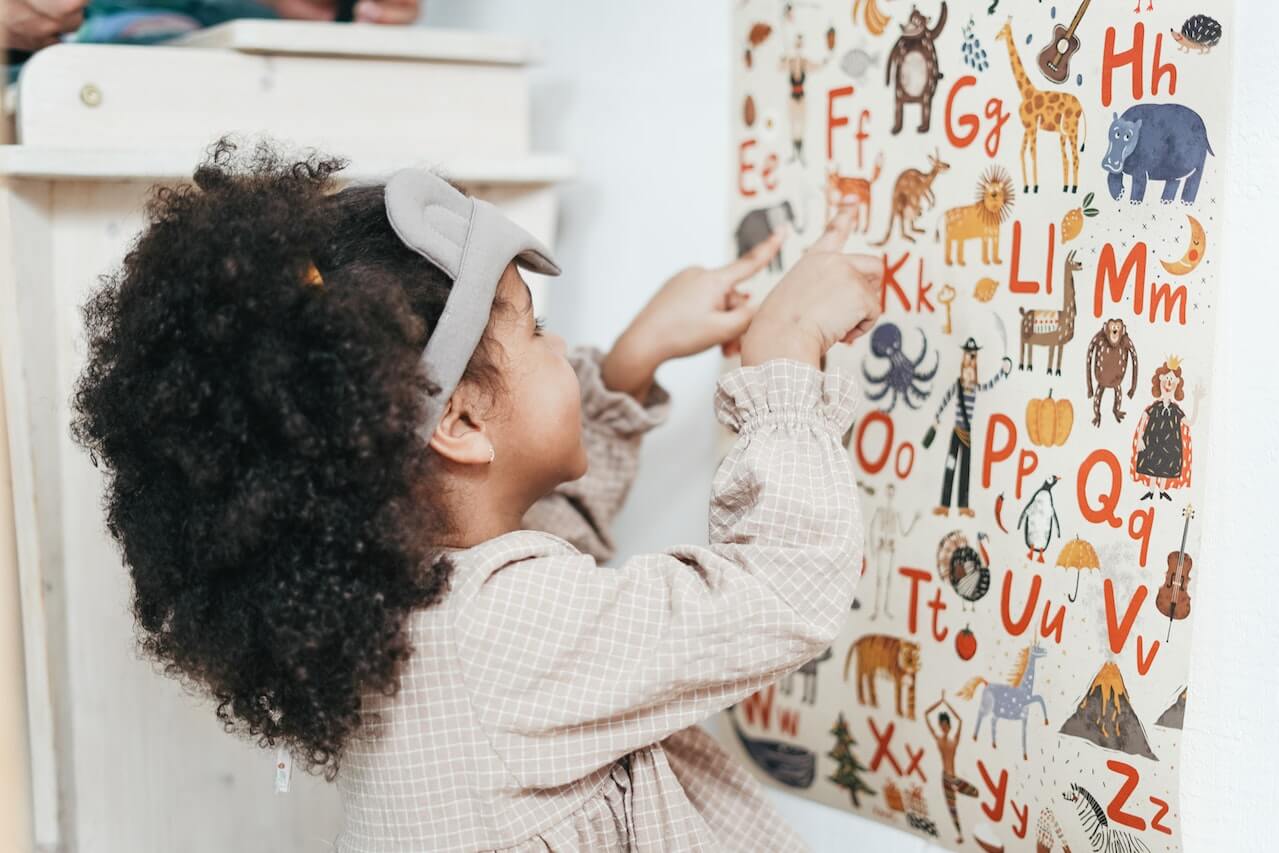
Pre-reading Skills Every Child Needs To Be A Successful Reader
by I Can Read Singapore on 06 Oct 2022
What are the 5 key pre-reading skills?
Pre-reading skills are your child’s first steps toward reading and writing. As your child grows familiar with language and communication, letter-sound recognition (phonics), listening skills, vocabulary acquisition, phonological awareness, and decoding will naturally develop. However, if you consciously strengthen these skills, you’ll be setting your child up for a smooth sailing literacy journey.
1. Letter-sound recognition (phonics)
Letter/sound recognition involves identifying upper and lowercase letter symbols and their corresponding sounds. For example:
| Letter | Sound of letter name | All sounds of letter | Examples |
| I, i | ah-ee | short /i/ and long /i/ (ah-ee) | itchy, find |
| C, c | see | /k/, /s/ | cake, city |
| R, r | ah-r | /r/ | race |
Matching letters to sounds helps children develop an understanding of words and spelling patterns. It’s fundamental to how we transfer written language into spoken words.
2. Listening Skills
Active listening is a skill that needs to be honed from a young age. Children need to be able to distinguish the sounds in words such as syllables or phonemes to blend and segment words. These listening skills form the basis of phonological awareness and without this, a child will struggle to learn to read.
3. Vocabulary acquisition
 Vocabulary acquisition is the process of learning new words. Babies go from babbling to blurting out words like ‘mine’ and ‘yeah’ to communicating in (mostly) complete sentences. For a child to grow into fluent readers, they need a varied vocabulary. This goes beyond knowing the definition of a word but also using it in the right context and recognising its spelling pattern.
Vocabulary acquisition is the process of learning new words. Babies go from babbling to blurting out words like ‘mine’ and ‘yeah’ to communicating in (mostly) complete sentences. For a child to grow into fluent readers, they need a varied vocabulary. This goes beyond knowing the definition of a word but also using it in the right context and recognising its spelling pattern.
4. Phonological awareness
Phonological awareness includes identifying and manipulating words, syllables, and onsets and rimes. Children with phonological awareness can recognise words with the same initial sounds like 'ball' and 'baby'. They can make oral rhymes and clap the number of syllables in a word.
5. Decoding
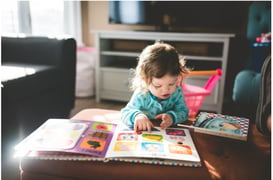 Decoding is the process of translating printed words to speech by matching letters to their corresponding sounds. When children recognise the various letter sounds, they are able to break down or “decode” unfamiliar words by sounding them out. For instance, when children learn the sounds for the letters “a”, “r”, and “t”, they can start to sound out words like “art”, “rat”, and “tar”. If early learners struggle with decoding, they often fall behind in reading, their range of vocabulary, and comprehension. It is safe to say that a good grasp of decoding is the foundation of every effective reading instruction programme.
Decoding is the process of translating printed words to speech by matching letters to their corresponding sounds. When children recognise the various letter sounds, they are able to break down or “decode” unfamiliar words by sounding them out. For instance, when children learn the sounds for the letters “a”, “r”, and “t”, they can start to sound out words like “art”, “rat”, and “tar”. If early learners struggle with decoding, they often fall behind in reading, their range of vocabulary, and comprehension. It is safe to say that a good grasp of decoding is the foundation of every effective reading instruction programme.
Pre-reading Activities You Can Do at Home
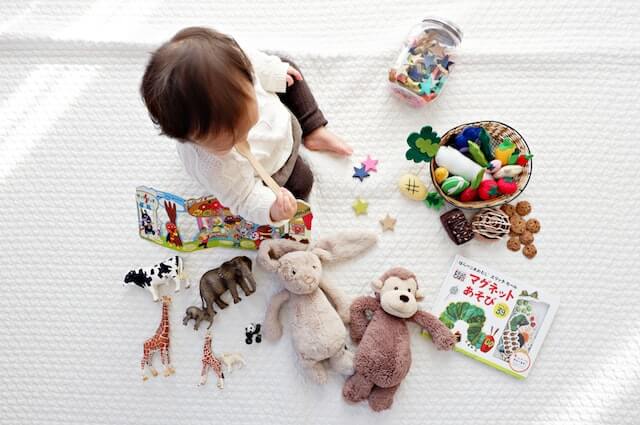
Reading Bedtime Stories
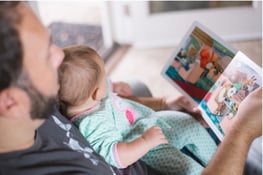 Reading to your little ones every night gives them an upper hand in their education and primes them to develop key listening skills. Studies show you can boost your child’s vocabulary and reading skills for as long as four years later by reading to them in early infancy. Children who absorb stories early in life are shown through brain imaging to develop nurturing relationships which promote early brain development.
Reading to your little ones every night gives them an upper hand in their education and primes them to develop key listening skills. Studies show you can boost your child’s vocabulary and reading skills for as long as four years later by reading to them in early infancy. Children who absorb stories early in life are shown through brain imaging to develop nurturing relationships which promote early brain development.
Sing songs and rhymes
Singing nursery rhymes is the ultimate pre-reading activity for preschoolers. It’s an opportunity to introduce children to new ideas and words. Your child absorbs language from their surroundings, so singing storied nursery rhymes reveals a window into a whole other world. Singing Old Macdonald together can be a fun way to learn about farm animals.
Have your child retell a story
Retelling stories helps your child narrate events in the right order, an essential skill for listening and speaking. Ask your child to retell a story they have heard. This could be a story about playtime or a family trip that happened a while ago or the plot of a book or film that they enjoyed. After a weekend outing, ask your child to remember who you met, and what happened. This helps your child to recall, listen and speak.
Fun with letters
 Learning the alphabet is the key to letter-sound recognition. Here are a few creative ways to teach your little one their A-B-Cs: Do alphabet puzzles on the floor together. Read alphabet books like Dr Seuss’s ABC or Chicka Chicka Boom Boom. Have them create ABCs with clay or play dough.
Learning the alphabet is the key to letter-sound recognition. Here are a few creative ways to teach your little one their A-B-Cs: Do alphabet puzzles on the floor together. Read alphabet books like Dr Seuss’s ABC or Chicka Chicka Boom Boom. Have them create ABCs with clay or play dough.
ICR’s pre-reading strategies
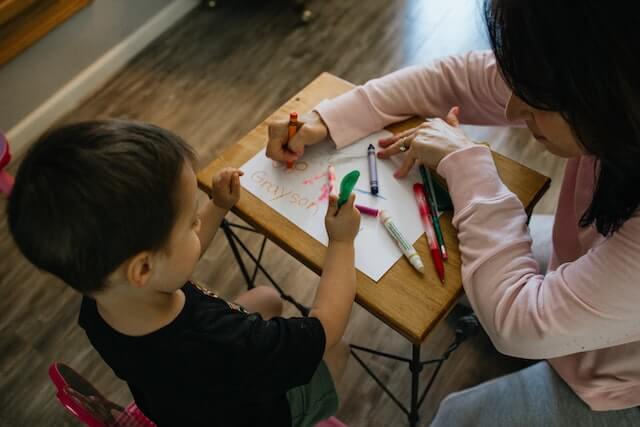
At I Can Read, children are exposed to sounds at the phoneme level. Children achieve phonemic awareness through implicit learning. This may take the form of play, games, activities, and visuals. Leveraging multimodal learning, children become more engaged and take on ownership of their learning. Their pre-reading skills are achieved through intentionally planned lessons by our Reading Specialists and I Can Read’s unique pedagogy.
